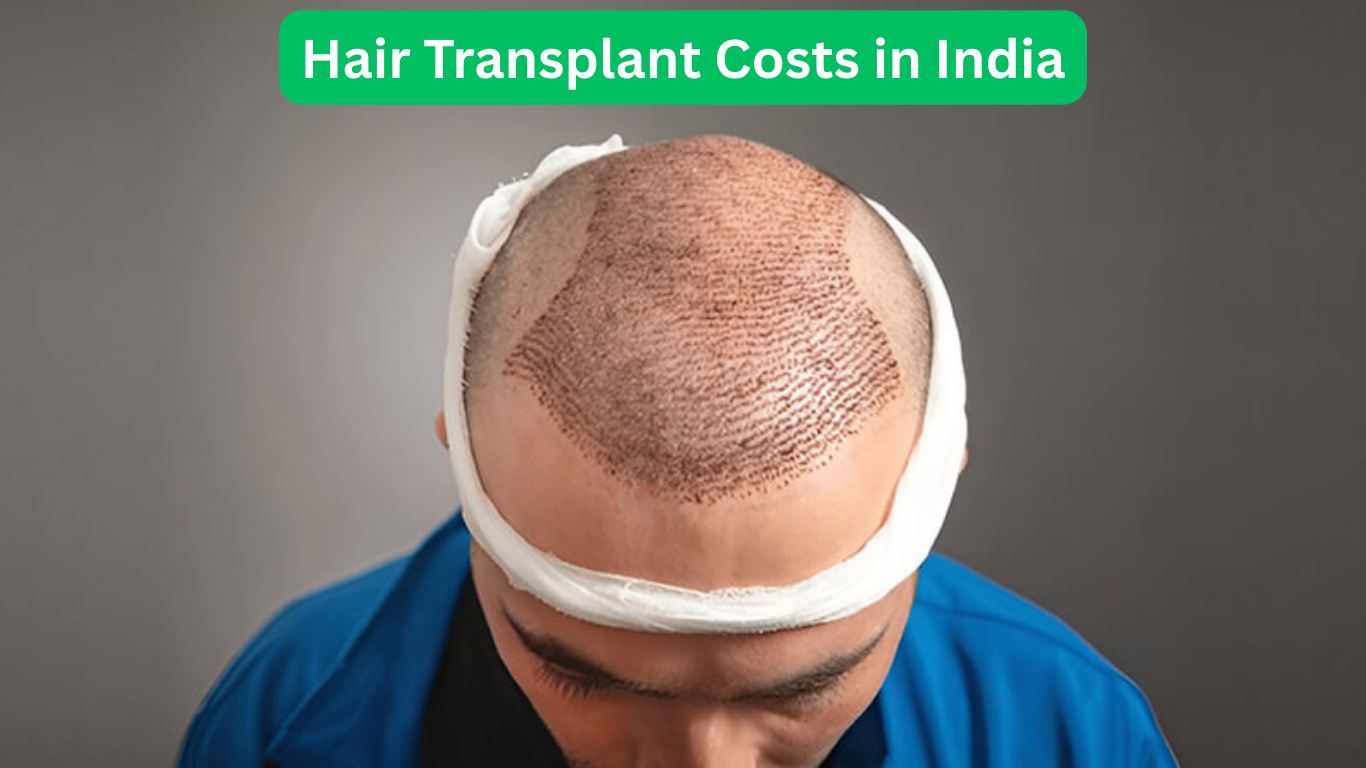Hair Transplant Costs in India – India has built a strong reputation in global medical tourism, and hair restoration remains one of its fastest-growing specialities. For a long time, the country’s biggest attraction was affordability—patients compared prices per graft, and India consistently came out on top.
But that narrative is changing. Today, conversations are shifting away from “cheapest graft rates” to a deeper focus on results, safety, and advanced techniques.
From Price Per Graft to Real Value
Until recently, most patients began their consultation with one question: “What’s the cost per graft?” Clinics catered to this mindset with prices ranging from ₹20 to ₹50 per graft, and standard packages for 2,000 grafts often priced between ₹45,000 and ₹75,000. Compared to Western markets, where similar procedures can cost $10,000–$20,000, India’s value seemed unbeatable.
Now, two forces are reshaping the market:
- Fierce competition from low-cost destinations like Turkey.
- Growing patient awareness of the importance of natural-looking, long-lasting outcomes.
What Really Determines Cost
The pushback against the “lowest bidder” approach is gaining ground. Experienced clinics are making it clear that the true cost of a transplant is tied to several non-negotiable quality factors:
1. Surgeon’s Expertise and Credentials
The qualifications of the surgeon—ideally an M.Ch./DNB in Plastic Surgery or MD/DNB in Dermatology—play a direct role in graft survival rates, hairline artistry, and overall results. Skilled hands don’t come cheap, and rightly so.
2. Cutting-Edge Techniques
Procedures like Direct Hair Implantation (DHI) and robotic systems such as ARTAS are gaining popularity for their precision and minimally invasive approach. These advanced technologies often push costs to ₹100 or more per graft but deliver superior density and natural growth.
3. Transparent, All-Inclusive Packages
Reputed clinics are moving away from confusing per-graft quotes to comprehensive packages. These often include pre-surgery assessments, medication, follow-ups, and sometimes PRP sessions. While upfront pricing may appear higher, it avoids hidden expenses and ensures continuity of care.
4. Infrastructure and Hygiene
Clinics in cities like Delhi, Mumbai, and Bangalore face higher operational costs, but patients benefit from sterile, international-standard OT setups and stringent aftercare—crucial for minimising infections and ensuring long-term success.
India vs. Turkey: Competing on More Than Price
Turkey’s appeal often lies in its bundled “medical tourism packages” that include flights, hotels, and a low-cost procedure. India, on the other hand, is carving out a different space:
- Regulatory Safeguards: Indian medical councils enforce stricter qualifications, giving patients an additional layer of safety.
- Personalised Planning: Surgeons increasingly combine FUE, FUT, and other techniques for customized outcomes suited to Indian hair textures and facial profiles.
- Long-Term Support: Domestic patients—and even international ones—can benefit from extended follow-up, something a short overseas trip can’t provide.
Two Distinct Markets
The industry in India is moving toward a two-tiered structure:
- Budget Clinics: Targeting highly price-conscious patients, these centers may compromise on expertise or aftercare, increasing the risk of unnatural results or corrective surgery later.
- Premium Clinics: Focused on surgeon pedigree, advanced methods, holistic care, and guaranteed natural outcomes—attracting both discerning Indian clients and global medical tourists.

